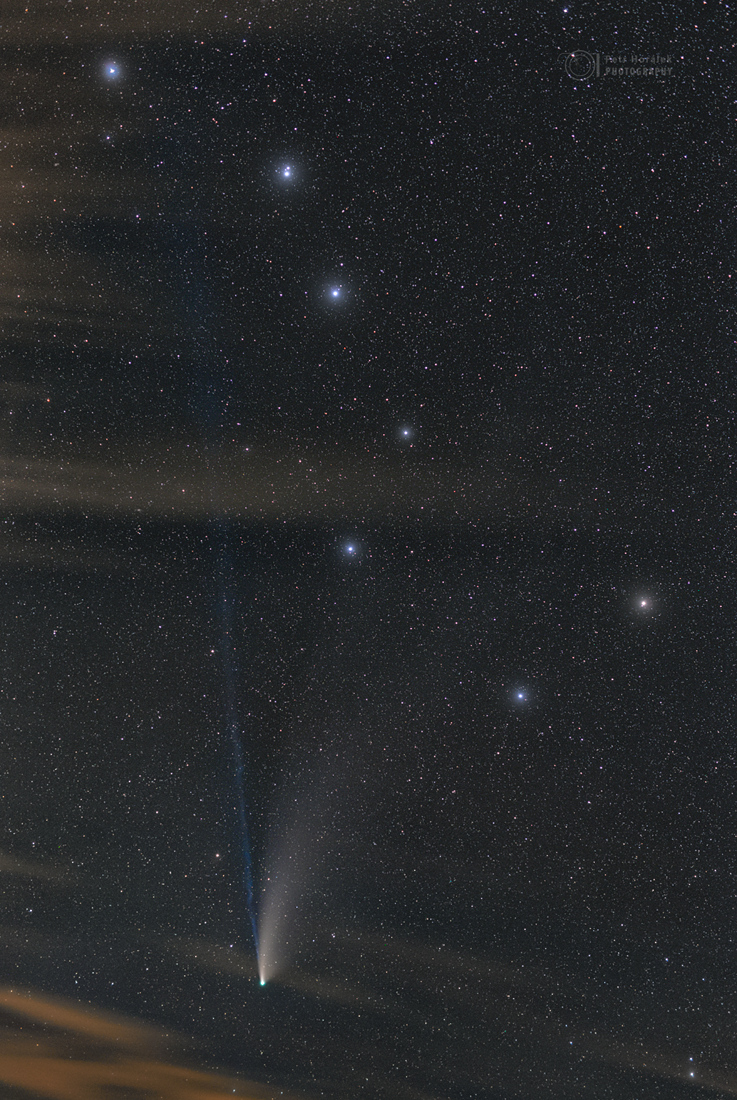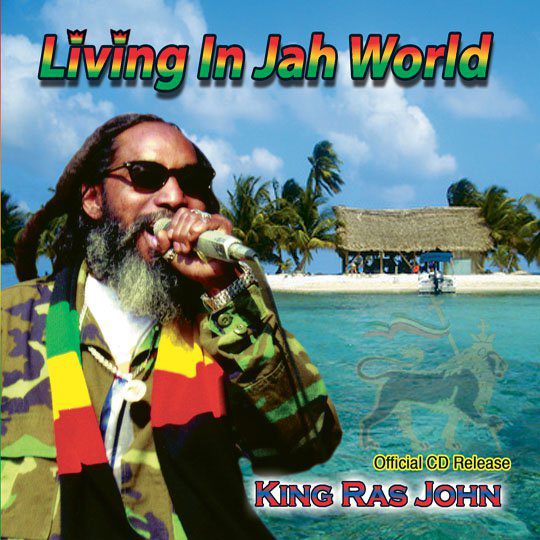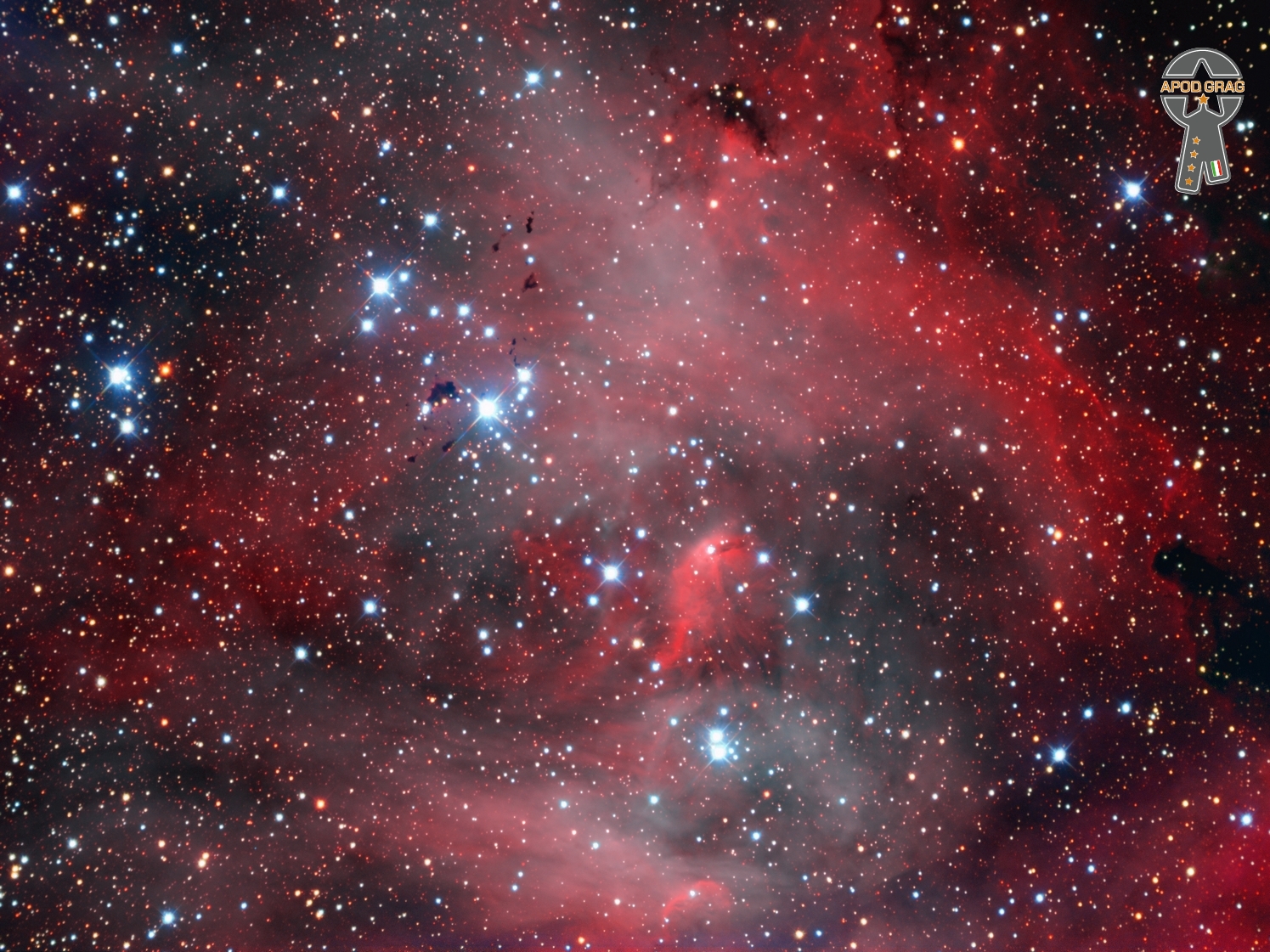Blog
Juvenal de Holanda Vasconcelos, known as Naná Vasconcelos (2 August 1944 – 9 March 2016), was a Brazilian percussionist, vocalist and berimbau player, notable for his work as a solo artist on over two dozen albums, and as a backing musician with Pat Metheny, Don Cherry, Björk, Jan Garbarek, Egberto Gismonti, Gato Barbieri, and Milton Nascimento.
Vasconcelos was born in Recife, Brazil. Beginning from 1967 he joined many artists’ works as a percussionist. Among his many collaborations, he contributed to four Jon Hassell albums from 1976 to 1980 (including Possible Musics by Brian Eno and Hassell), and later to several Pat Metheny Group works and Jan Garbarek concerts from early 1980s to early 1990s. In 1984 he appeared on the Pierre Favre album Singing Drums along with Paul Motian. He also appears on Arild Andersen‘s album If You Look Far Enough with Ralph Towner.
He formed a group named Codona with Don Cherry and Collin Walcott, which released three albums in 1978, 1980 and 1982.
Between 1984 and 1989, he was the Honorary President of the first samba school in the UK, the London School of Samba.
In 1981 he performed at the Woodstock Jazz Festival, held in celebration of the tenth anniversary of the Creative Music Studio. In 1998, Vasconcelos contributed “Luz de Candeeiro” to the AIDS benefit compilation album Onda Sonora: Red Hot + Lisbon produced by the Red Hot Organization.
Vasconcelos was awarded the Best Percussionist Of The Year by the Down Beat Critics Poll for seven consecutive years, from 1984 to 1990. He was also honored with eight Grammy Awards.
more...George Walker “Big Nick” Nicholas (August 2, 1922, – October 29, 1997) was an American jazz saxophonist and singer. Strongly influenced by his hero, Coleman Hawkins, Nicholas in turn influenced a young John Coltrane to compose his tribute “Big Nick”, included on the 1962 album Duke Ellington & John Coltrane.
Nicholas contributed the 16-bar solo to Dizzy Gillespie‘s classic African-Cuban jazz piece “Manteca” (1947). At that time, he also started playing with Hot Lips Page, a working relationship that continued until 1954. He joined Buck Clayton in 1955.
Nicholas started playing with Hank and Thad Jones, Earl Hines, and Tiny Bradshaw before going into the army and, on being discharged in the late 1940s, he worked with bands led by Sabby Lewis, J. C. Heard, and Lucky Millinder. He went on to play with Duke Ellington, Cab Calloway, Charlie Parker, and Charlie Mingus.
Nicholas died of heart failure in October 1997 at the age of 75.
more...The centre of this image from the NASA/ESA Hubble Space Telescope is framed by the tell-tale arcs that result from strong gravitational lensing, a striking astronomical phenomenon which can warp, magnify, or even duplicate the appearance of distant galaxies. Gravitational lensing occurs when light from a distant galaxy is subtly distorted by the gravitational pull of an intervening astronomical object. In this case, the relatively nearby galaxy cluster MACSJ0138.0-2155 has lensed a significantly more distant quiescent galaxy — a slumbering giant known as MRG-M0138 which has run out of the gas required to form new stars and is located 10 billion light years away. Astronomers can use gravitational lensing as a natural magnifying glass, allowing them to inspect objects like distant quiescent galaxies which would usually be too difficult for even Hubble to resolve. This image was made using observations from eight different infrared filters spread across two of Hubble’s most advanced astronomical instruments: the Advanced Camera for Surveys and the Wide Field Camera 3. These instruments were installed by astronauts during the final two servicing missions to Hubble, and provide astronomers with superbly detailed observations across a large area of sky and a wide range of wavelengths. Links Video of Cosmic Lens Flare

Jerome John Garcia (August 1, 1942 – August 9, 1995 San Francisco, CA) was an American singer-songwriter and guitarist, best known for being a principal songwriter, the lead guitarist and a vocalist with the rock band the Grateful Dead, of which he was a founding member and which came to prominence during the counterculture of the 1960s. Although he disavowed the role, Garcia was viewed by many as the leader of the band.
As one of its founders, Garcia performed with the Grateful Dead for their entire 30-year career (1965–1995). Garcia also founded and participated in a variety of side projects, including the Saunders–Garcia Band (with longtime friend Merl Saunders), the Jerry Garcia Band, Old & In the Way, the Garcia/Grisman and Garcia/Kahn acoustic duos, Legion of Mary, and New Riders of the Purple Sage (which he co-founded with John Dawson and David Nelson). He also released several solo albums, and contributed to a number of albums by other artists over the years as a session musician. He was well known for his distinctive guitar playing, and was ranked 13th in Rolling Stone‘s “100 Greatest Guitarists of All Time” cover story in 2003. In the 2015 version of the list he was ranked at #46.
Garcia was also renowned for his musical and technical ability, particularly his ability to play a variety of instruments and sustain long improvisations with the Grateful Dead. Garcia believed that improvisation took stress away from his playing and allowed him to make spur of the moment decisions that he would not have made intentionally. In an interview with Rolling Stone, Garcia noted that “my own preferences are for improvisation, for making it up as I go along. The idea of picking, of eliminating possibilities by deciding, that’s difficult for me”. Originating from the days of the “acid tests”, these improvisations were a form of exploration rather than playing a song already written.
Later in life, Garcia struggled with diabetes and in 1986, went into a diabetic coma that nearly cost him his life. Although his overall health improved somewhat after that, he continued to struggle with obesity, smoking, and longstanding heroin and cocaine addictions. He was staying in a California drug rehabilitation facility when he died of a heart attack on August 9, 1995, at the age of 53.
more...Paddy Moloney (Irish: Pádraig Ó Maoldomhnaigh; born 1 August 1938) is an Irish musician, composer, and producer who is the founder and leader of the Irish musical group The Chieftains and has played on every one of their albums.
Paddy Moloney was born in Donnycarney, Dublin, Ireland. His mother bought him a tin whistle when he was six and he started to learn the Uilleann pipes at the age of eight.
In addition to the tin whistle and the Uilleann pipes, Paddy Moloney also plays button accordion and bodhrán.
more...Ramblin’ Jack Elliott (born Elliot Charles Adnopoz; August 1, 1931) is an American folk singer.
Elliott was born in 1931 in Brooklyn, New York, United States, the son of Florence (Rieger) and Abraham Adnopoz, an eminent doctor. His family was Jewish. He attended Midwood High School in Brooklyn and graduated in 1949. Elliott grew up inspired by the rodeos at Madison Square Garden, and wanted to be a cowboy. Encouraged instead to follow his father’s example and become a surgeon, Elliott rebelled, running away from home at the age of 15 to join Col. Jim Eskew’s Rodeo, the only rodeo east of the Mississippi. They traveled throughout the Mid-Atlantic states and New England. He was with them for only three months before his parents tracked him down and had him sent home, but Elliott was exposed to his first singing cowboy, Brahmer Rogers, a rodeo clown who played guitar and five-string banjo, sang songs, and recited poetry. Back home, Elliott taught himself guitar and started busking for a living. Eventually he got together with Woody Guthrie and stayed with him as an admirer and student.
With banjo player Derroll Adams, he toured the United Kingdom and Europe. By 1960, he had recorded three folk albums for the UK record label Topic Records. In London, he played small clubs and pubs by day and West End cabaretnightclubs at night. When he returned to the States, Elliott found he had become renowned in American folk music circles.
more...Elmer Crumbley (1 August 1908 – 1993) was an American trombonist.
Crumbley made a lifetime out of music mainly in the traditional swing tradition, as with the Cab Calloway and Earl Hines bands of the 1960s and ’70s. He joined the Dandie Dixie Minstrels in 1926 with bandleader Lloyd Hunter. He played with the George E. Lee Band, western swing pioneer Tommy Douglas, and Bill Owens. But he continued to work with Hunter as well as players such as Jabbo Smith and Erskine Tate. Crumbley founded his own ensemble in Omaha in 1934, and joined up with the Jimmie Lunceford Band the same year. He also played with Eddie Wilcox, Lucky Millinder, and Erskine Hawkins. He toured Europe in the late 1950s with Sammy Price, a period when he also became part of the scene at the Apollo in Harlem with a lively combo led by Reuben Phillips.
https://www.youtube.com/watch?v=RBWNTDGBgwo
more...It was just last July. If you could see the stars of the Big Dipper, you could find Comet NEOWISE in your evening sky. After sunset denizens of the north could look for the naked-eye comet below the bowl of that famous celestial kitchen utensil and above the northwestern horizon. The comet looked like a fuzzy ‘star’ with a tail, though probably not so long a tail as in this memorable skyview recorded from the Czech Republic on July 23th, 2020, near the comet’s closest approach to planet Earth. Photographs of C/2020 F3 (NEOWISE) often did show the comet’s broad dust tail and fainter but separate bluish ion tail extending farther than the eye could follow. Skygazers around the world were delighted to witness Comet NEOWISE, surprise visitor from the outer Solar System.

Stanley Jordan (born July 31, 1959) is an American jazz guitarist noted for his playing technique, which involves tapping his fingers on the fretboard of the guitar with both hands.
Jordan was born in Chicago, Illinois, United States. When he was six, he started on piano, then at eleven switched to guitar. He later began playing in rock and soul bands. In 1976, he won an award at the Reno Jazz Festival. At Princeton University, he studied music theory and composition with Milton Babbitt and computer music with Paul Lansky. He also took freshman calculus with Edward Nelson. While at Princeton he played with Benny Carter and Dizzy Gillespie.
In 1985, Bruce Lundvall became president of Blue Note Records and Stanley Jordan was the first person he signed. Blue Note released his album Magic Touch, which sat at No.1 on Billboard ‘s jazz chart for 51 weeks, setting a record.
Normally, a guitarist uses two hands to play each note. One hand presses down a guitar string behind a chosen fret to prepare the note, and the other hand either plucks or strums the string to play that note. Jordan’s touch technique is an advanced form of two-handed tapping. The guitarist produces a note using only one finger by quickly tapping (or hammering) his finger down behind the appropriate fret. The impact causes the string to vibrate enough to sound the note, and the volume can be controlled by varying the force of impact. Jordan taps with both hands, and more legato than is normally associated with guitar tapping. His technique allows the guitarist to play melody and chords simultaneously. It is also possible, as he has demonstrated, to play simultaneously on two different guitars, as well as guitar and piano.
more...Kenneth Earl Burrell (born July 31, 1931) is an American jazz guitarist known for his work on numerous top jazz labels: Prestige, Blue Note, Verve, CTI, Muse, and Concord. His collaborations with Jimmy Smith were notable, and produced the 1965 Billboard Top Twenty hit Verve album Organ Grinder Swing. He has cited jazz guitarists Charlie Christian, Oscar Moore, and Django Reinhardt as influences, along with blues guitarists T-Bone Walker and Muddy Waters.
Burrell is a professor and Director of Jazz Studies at the UCLA Herb Alpert School of Music.
Burrell was born in Detroit, Michigan. Both his parents played instruments, and he began playing guitar at the age of 12 after listening to Charlie Christian‘s recordings. During World War II, due to metal shortage, he abandoned the idea of becoming a saxophonist, and bought an acoustic guitarfor $10. He was inspired to play jazz after listening to Oscar Moore, but it was Django Reinhardt who showed him “that you could get your own individuality on an instrument.” He went on to study composition and theory with Louis Cabara and classical guitar with Joe Fava. While a student at Wayne State University, he made his recording debut as a member of Dizzy Gillespie‘s sextet in 1951, followed by the “Rose of Tangier”/”Ground Round” single recorded under his own name at Fortune Records in Detroit. While in college, Burrell founded the New World Music Society collective with fellow Detroit musicians Pepper Adams, Donald Byrd, Elvin Jones, and Yusef Lateef.
more...Henry Jones Jr. (July 31, 1918 – May 16, 2010), best known as Hank Jones, was an American jazz pianist, bandleader, arranger, and composer. Critics and musicians described Jones as eloquent, lyrical, and impeccable. In 1989, The National Endowment for the Arts honored him with the NEA Jazz Masters Award. He was also honored in 2003 with the American Society of Composers, Authors, and Publishers (ASCAP) Jazz Living Legend Award. In 2008, he was awarded the National Medal of Arts. On April 13, 2009, the University of Hartford presented Jones with an honorary Doctorate of Music for his musical accomplishments.
Jones recorded more than 60 albums under his own name, and countless others as a sideman, including Cannonball Adderley‘s celebrated album Somethin’ Else. On May 19, 1962, he played piano as actress Marilyn Monroe sang her famous “Happy Birthday, Mr. President” song to then U.S. president John F. Kennedy.
Born in Vicksburg, Mississippi, Henry “Hank” Jones moved to Pontiac, Michigan, where his father, Henry Jones Sr., a Baptist deacon and lumber inspector, bought a three-story brick home. One of seven children, Jones was raised in a musical family. His mother Olivia Jones sang; his two older sisters studied piano; and his two younger brothers—Thad, a trumpeter, and Elvin, a drummer—also became prominent jazz musicians. He studied piano at an early age and came under the influence of Earl Hines, Fats Waller, Teddy Wilson, and Art Tatum. By the age of 13, Jones was performing locally in Michigan and Ohio. While playing with territory bands in Grand Rapids and Lansing in 1944, he met Lucky Thompson, who invited Jones to work in New York City at the Onyx Club with Hot Lips Page.
more...
Final engagement with King Ras John at Harbor Bar Reggae Fest Friday July 30th 6-10pm across from Red Wing, MN

IC 2944, also known as the Running Chicken Nebula or the λ Centauri Nebula, is an open cluster with an associated emission nebula found in the constellation Centaurus, near the star λ Centauri. It features Bok globules, which are frequently a site of active star formation. However, no evidence for star formation has been found in any of the globules in IC 2944.

David William Sanborn (born July 30, 1945) is an American alto saxophonist. Though Sanborn has worked in many genres, his solo recordings typically blend jazz with instrumental pop and R&B. He released his first solo album Taking Off in 1975, but has been playing the saxophone since before he was in high school.
One of the most commercially successful American saxophonists to earn prominence since the 1980s, Sanborn is described by critic Scott Yannow as “the most influential saxophonist on pop, R&B, and crossover players of the past 20 years.” He is often identified with radio-friendly smooth jazz, but he has expressed a disinclination for the genre and his association with it.
Sanborn was born in Tampa, Florida, and grew up in Kirkwood, Missouri. He suffered from polio for eight years in his youth. He began playing saxophone on a physician’s advice to strengthen his weakened chest muscles and improve his breathing. Alto saxophonist Hank Crawford, at the time a member of Ray Charles‘s band, was an early and lasting influence on Sanborn.
Sanborn attended college at Northwestern University and studied music. But he transferred to the University of Iowa where he played and studied with saxophonist J.R. Monterose.
Sanborn performed with blues musicians Albert King and Little Milton at the age of 14. He continued playing blues when he joined Paul Butterfield blues band in 1967. Sanborn recorded on four Butterfield albums as a horn section member and soloist from 1967 to 1971. In the early morning of Monday, August 18, 1969 Sanborn appeared as a member of the band at the WoodstockMusic Festival at Bethel, NY.
more...
More Posts
- The Cosmos with NGC 6861
- Bireli Lagrene Day
- Gerald Wilson Day
- Meade Lux Lewis Day
- World Music with Samite
- Daily Roots with Burning Spear
- The Cosmos with NGC 4217
- Freddie King Day
- Mickey Roker Day
- Memphis Slim Day
- World Music with Pete Seeger
- Daily Roots with Steel Pulse
- The Cosmos with ARP 87
- Clifford Jordan Day
- Horace Silver Day
- World Music with Esma Redzepova
- Daily Roots with Misty in Roots
- The Cosmos with NGC 6782
- Gene Harris Day
- Art Pepper Day